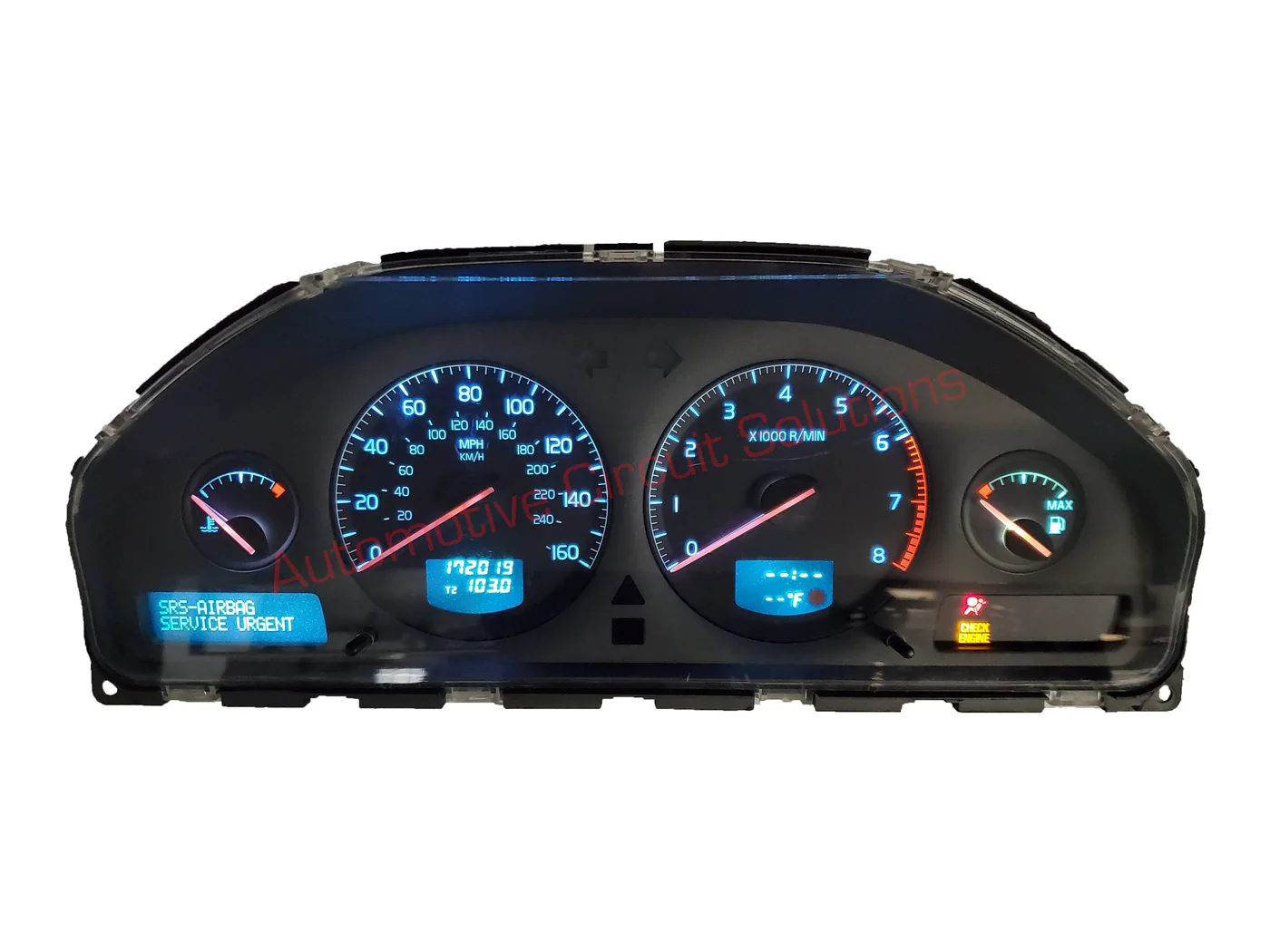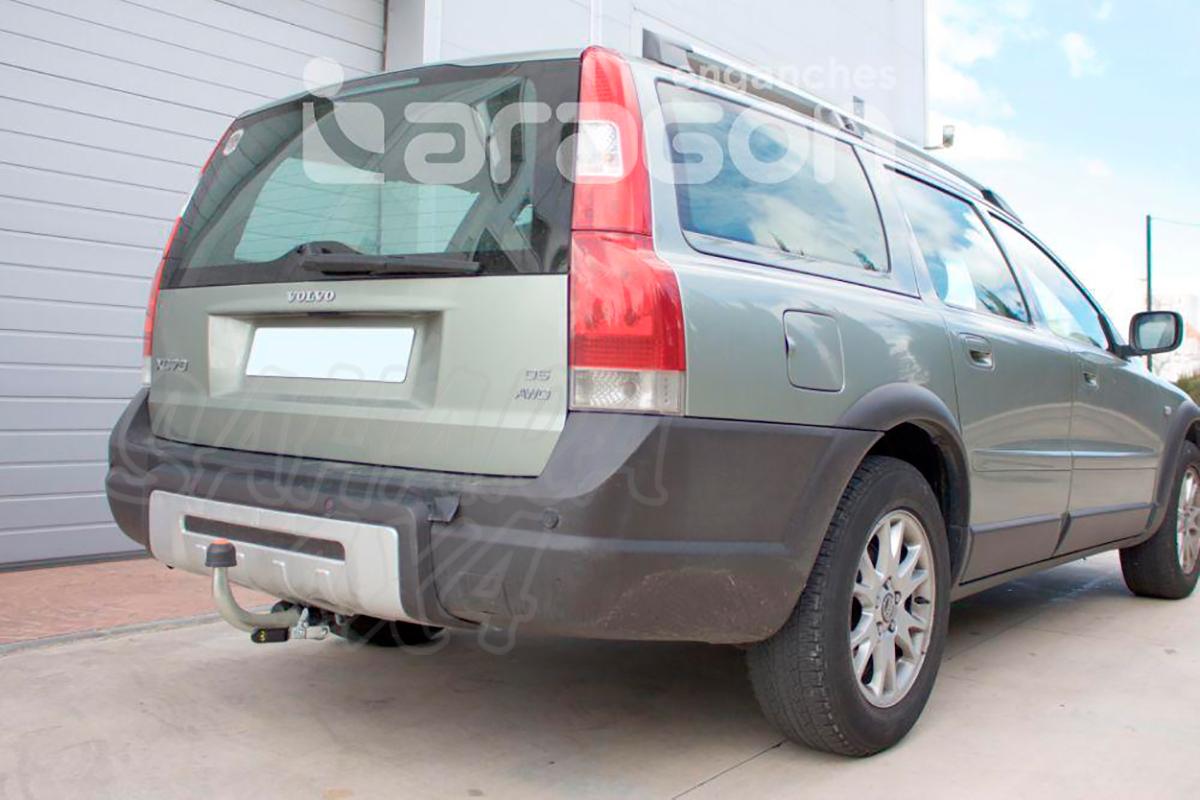In modern vehicles, technology has transformed the driving experience, enhancing safety, efficiency, and convenience. Central to this advancement is the Driver Information Module (DIM), a vital feature that provides drivers with real-time information about their vehicle’s performance, status, and alerts. This article explores what the Driver Information Module is, its functions, key components, and the benefits it offers to both drivers and manufacturers.
What is a Driver Information Module (DIM)?
The Driver Information Module (DIM) is an integrated display system located on the vehicle’s dashboard. Its main function is to offer drivers a comprehensive view of various aspects of their vehicle’s performance, including speed, fuel levels, engine status, and more. DIMs are typically designed to present information in an intuitive, easy-to-read format, allowing drivers to monitor their vehicle without distraction.
Key Components of the Driver Information Module
- Speedometer and Odometer
The speedometer displays the vehicle’s speed, helping drivers maintain safe speeds. The odometer records the total distance traveled by the vehicle, useful for maintenance scheduling and tracking overall mileage. - Fuel Gauge
The fuel gauge indicates the remaining fuel level, helping drivers monitor when it’s time for a refill. In modern DIMs, additional features like fuel consumption metrics and estimated driving range are also included. - Warning Indicators and Alerts
Warning indicators, such as the check engine light, oil pressure warning, and tire pressure monitor, inform drivers of potential issues with the vehicle. Alerts are usually color-coded to indicate severity, with red denoting critical warnings and yellow or orange indicating caution. - Trip Computer
A trip computer provides drivers with data such as trip duration, average fuel consumption, average speed, and distance traveled. This information is beneficial for tracking driving habits and improving fuel efficiency. - Driver Assistance Features
Some DIMs integrate with advanced driver assistance systems (ADAS) to display information such as lane departure warnings, collision avoidance alerts, and blind-spot detection. These features enhance safety by giving drivers timely feedback on their driving environment. - Navigation and Infotainment Integration
Advanced DIMs integrate with the vehicle’s navigation system, allowing drivers to view maps, upcoming turns, and traffic information directly on the dashboard. Certain modules also include infotainment features, such as audio controls and Bluetooth connectivity, enabling hands-free phone calls and audio streaming.
Functions of the Driver Information Module
The DIM serves several essential functions that contribute to a smoother, safer, and more informed driving experience:
- Real-Time Monitoring: It constantly updates drivers on the vehicle’s status and operational conditions, helping them stay aware of any changes.
- Safety Alerts: DIMs issue safety warnings about critical issues, allowing drivers to take immediate action and prevent potential accidents or breakdowns.
- Driver Assistance: Integrated with ADAS, DIMs provide on-screen guidance and alerts, helping drivers navigate traffic and hazardous conditions more safely.
- Navigation and Routing: By displaying navigation details, DIMs minimize the need for drivers to look away from the road to check their route, enhancing focus and safety.
- Customization: Many DIMs allow drivers to personalize the display, selecting which metrics and alerts they want to see, making it easier to focus on information that matters most.
Types of Driver Information Modules
There are several types of DIMs, each catering to different vehicle types and driver preferences:
- Analog DIMs: Traditional DIMs with physical gauges, such as needle-based speedometers and fuel gauges, still found in many vehicles.
- Digital DIMs: Display screens, often LED or LCD-based, show a digital version of analog information, sometimes with additional graphical elements.
- Hybrid DIMs: A combination of analog and digital displays, commonly seen in luxury vehicles, providing a blend of classic style and modern functionality.
- Fully Integrated DIMs: High-end digital modules that combine all vehicle metrics, ADAS information, and even infotainment features in one seamless display.
Benefits of the Driver Information Module
The DIM offers numerous benefits for both drivers and vehicle manufacturers, including:
- Enhanced Safety
By providing real-time alerts and assistance, DIMs improve situational awareness and reduce the likelihood of accidents. - Improved Vehicle Performance Monitoring
DIMs make it easy for drivers to monitor the vehicle’s condition, helping them address issues before they escalate into costly repairs. - User Convenience
Integrated infotainment and navigation make it easier for drivers to stay connected and informed without taking their attention away from the road. - Customization
Digital DIMs can be tailored to show specific information, catering to drivers’ preferences and allowing a personalized driving experience. - Efficient Maintenance
By keeping drivers informed about maintenance needs, DIMs help extend the life of the vehicle and improve resale value.
Trends in Driver Information Modules
The rapid advancement in technology means DIMs are continuously evolving. Some key trends include:
- Increased Display Size: DIMs are expanding to larger, more immersive screens, with some even adopting curved displays that span the dashboard.
- High-Resolution Graphics: Modern DIMs feature higher resolution and even 3D displays, offering clearer visuals and more appealing designs.
- Augmented Reality (AR): Some DIMs are beginning to incorporate AR, overlaying navigation and safety information directly on the road view.
- Enhanced Connectivity: Integration with smartphones and cloud services enables DIMs to provide more personalized experiences and real-time updates.
- Voice and Gesture Controls: To reduce distractions, advanced DIMs are incorporating voice recognition and gesture-based controls for hands-free operation.
Conclusion
The Driver Information Module has become an indispensable part of modern vehicles, bridging the gap between driver and machine. By providing real-time information, alerts, and assistance, DIMs contribute significantly to vehicle safety, performance, and driver comfort. As technology progresses, DIMs will likely continue to evolve, offering even more sophisticated and user-friendly features that make the driving experience safer, smarter, and more enjoyable. Whether you’re a tech enthusiast, a safety-conscious driver, or someone who values convenience, the Driver Information Module stands as a cornerstone of modern vehicle design, bringing the future of driving to the present.
FAQs
1. What is a Driver Information Module (DIM)?
The Driver Information Module (DIM) is an electronic display in a vehicle’s dashboard that provides essential information to the driver, such as speed, fuel levels, engine warnings, and sometimes advanced features like navigation, driver assistance alerts, and infotainment controls.
2. What kind of information does a DIM typically display?
A DIM usually displays:
- Speed and distance traveled
- Fuel levels and mileage estimates
- Engine and vehicle warnings (e.g., check engine, tire pressure)
- Trip data, such as distance, average speed, and fuel consumption
- Navigation guidance in some advanced models
- Alerts from driver assistance systems like lane departure warnings or collision alerts
3. How does a DIM improve driving safety?
A DIM enhances safety by providing real-time alerts and updates on the vehicle’s condition, enabling drivers to address potential issues immediately. Integrated driver assistance features (if equipped) also help by warning of nearby hazards, lane changes, and other risks.
4. Are there different types of Driver Information Modules?
Yes, DIMs come in several types:
- Analog DIMs: Traditional needle-based gauges
- Digital DIMs: LED or LCD displays with digital indicators
- Hybrid DIMs: A mix of analog and digital displays
- Fully Integrated DIMs: High-tech displays that integrate navigation, infotainment, and vehicle metrics into one screen
5. Can I customize what’s displayed on my vehicle’s DIM?
In many modern vehicles with digital or hybrid DIMs, you can customize the display to show specific information, such as trip data, preferred safety alerts, or infotainment controls. This varies by vehicle model and manufacturer.
6. What are some benefits of using a digital DIM
A digital DIM provides benefits like:
- Enhanced clarity with bright, easy-to-read graphics
- Customization options for a tailored display
- Integration with other systems like navigation and infotainment
- Real-time alerts for faster, more informed decision-making
7. How does the DIM interact with Advanced Driver Assistance Systems (ADAS)?
DIMs integrated with ADAS display alerts from these systems, such as lane departure warnings, forward collision alerts, and blind-spot detection. This gives drivers real-time visual cues to help navigate traffic safely.
8. What’s the difference between a trip computer and a DIM?
A trip computer is often a feature within the DIM that provides specific trip-related data, such as trip duration, distance covered, average fuel consumption, and speed. The DIM, on the other hand, includes all the essential vehicle information, of which the trip computer is one part.
9. Can I get a DIM upgrade if I have an older vehicle?
Upgrading to a modern DIM might be possible for certain vehicles, especially if they have compatible digital or hybrid dashboards. However, this often requires specialized equipment and might be costly. Consult with your dealership or a certified technician to explore your options.
10. How often should I service the DIM?
DIMs generally don’t require regular maintenance, but if you notice issues like display lag, pixelation, or incorrect data, it’s best to have it checked by a professional. Regular vehicle servicing may also help prevent software or sensor-related DIM issues.
11. What are some recent trends in Driver Information Modules?
Recent trends in DIMs include:
- Larger, high-resolution displays
- 3D graphics for more realistic visuals
- Augmented reality overlays for navigation and safety
- Enhanced connectivity with cloud services and smartphones
- Gesture and voice controls for hands-free operation
12. Will my DIM drain the vehicle’s battery?
DIMs have minimal power usage when the vehicle is running. However, if left on while the engine is off for extended periods, it could contribute to battery drain, though this is rare in modern vehicles.
13. Is a DIM covered under vehicle warranty?
Yes, DIMs are typically covered under a vehicle’s warranty, especially if they malfunction within the warranty period. However, coverage varies by manufacturer, so check with your dealership for specific details.
14. What should I do if my DIM is malfunctioning?
If your DIM shows signs of malfunction, such as inaccurate readings, failure to display, or random resets, it’s best to have it inspected by a certified technician, as this may require recalibration or repair of connected sensors.
15. How does the DIM contribute to fuel efficiency?
By providing real-time feedback on fuel consumption, the DIM helps drivers monitor their fuel efficiency and adjust driving habits to improve mileage, such as by reducing acceleration or maintaining optimal speeds.











